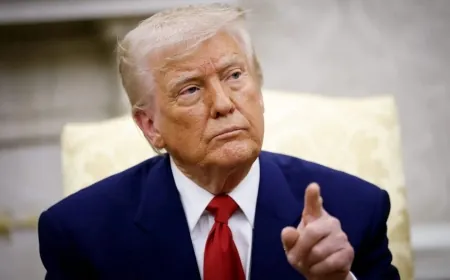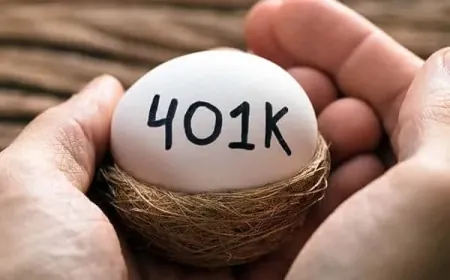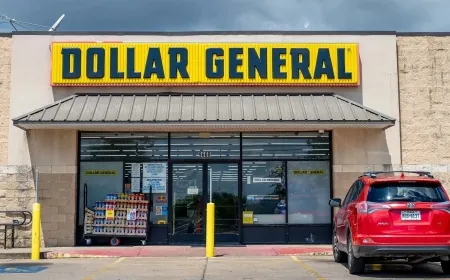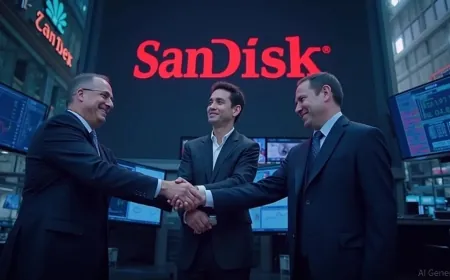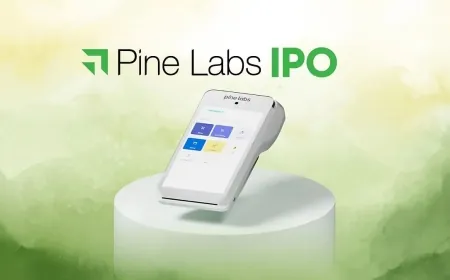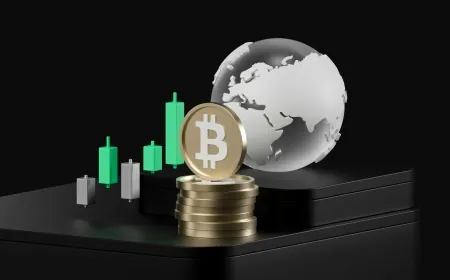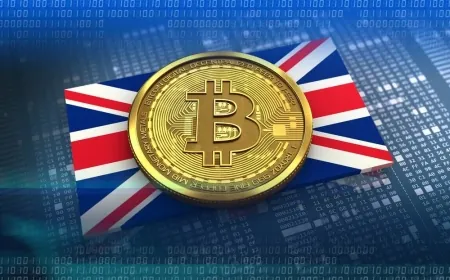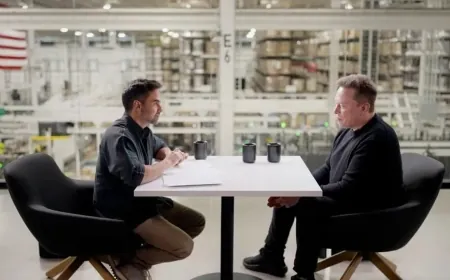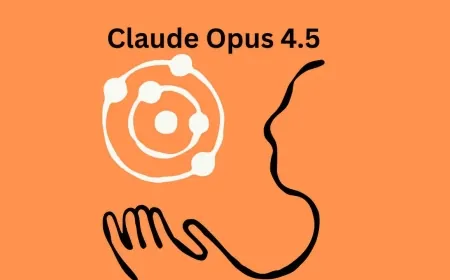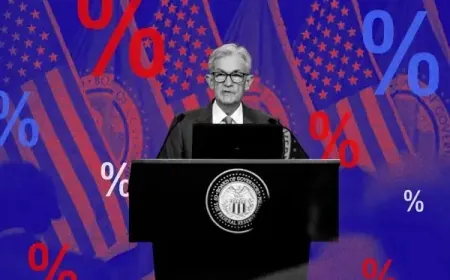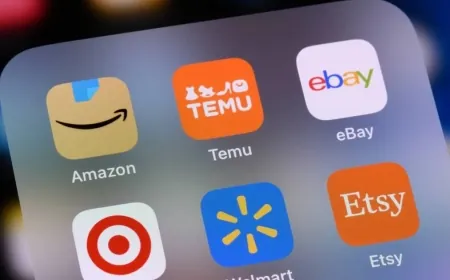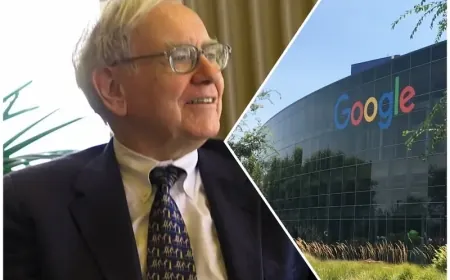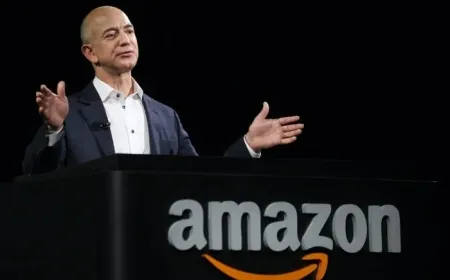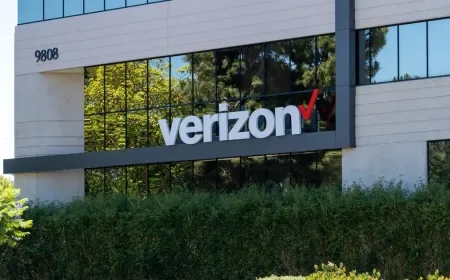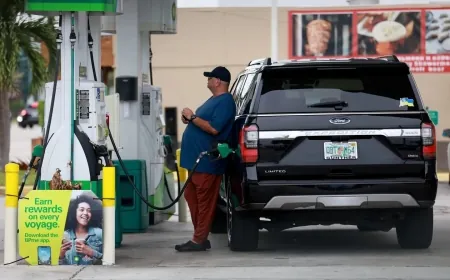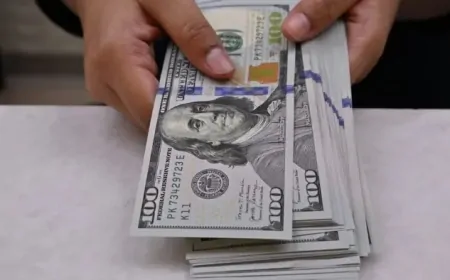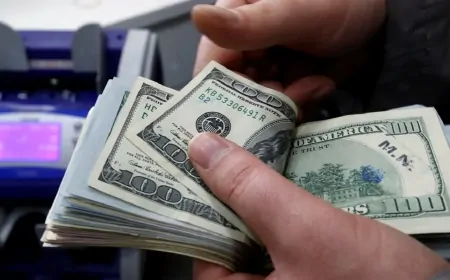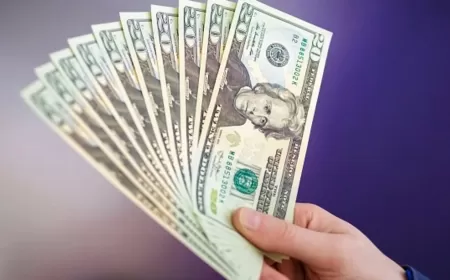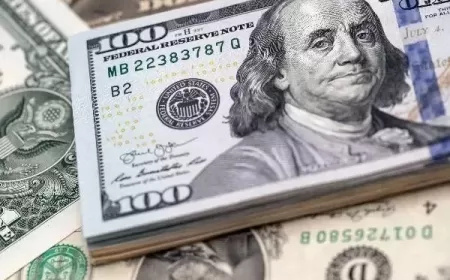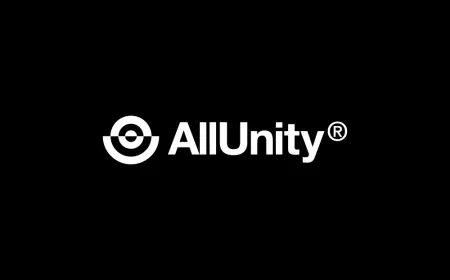Paxos Says Dollar-Backed Tokens Will Lead Real-World Use
Paxos says regulated dollar tokens are becoming the focus of current blockchain pilots, with institutions testing them for payments and settlement workflows.
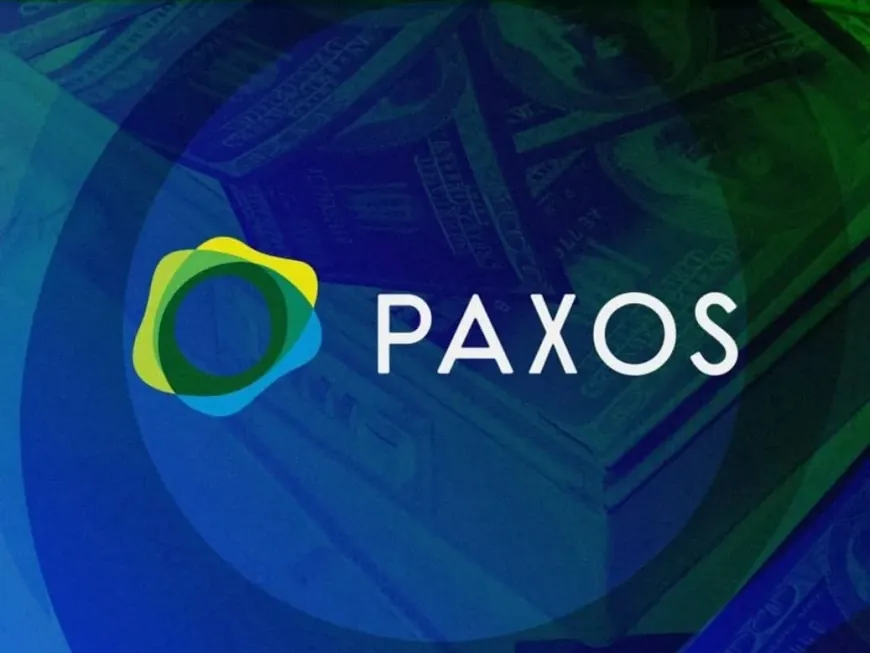
Paxos says most of the attention around tokenizing assets has missed a central issue: the absence of a dependable digital dollar. The company argues that until the dollar itself can move natively on blockchain networks, attempts to put gold, property or other assets on-chain will run into the same settlement bottlenecks seen in traditional finance.
Ronak Daya, who oversees product at Paxos, outlined the company’s position in an interview with TheStreet Roundtable. He said many new tokenization projects assume that payments and collateral can move with the same speed as the digital asset itself, which is often not the case.
Dollar Tokens in Practice
A dollar token functions as a digital representation of one U.S. dollar and is redeemable at par. It is issued by a regulated firm and backed by cash and short-term U.S. government debt.
The appeal, Daya said, is that these tokens can move across blockchain networks without relying on the clearing schedules or cut-off times of the banking system.
That speed is being tested in several practical settings. Cross-border transfers that usually take a day or more can settle within minutes. Trading venues can move customer funds between platforms without the delays tied to ACH or bank wires. And firms that manage large volumes of transactions can reduce the time spent reconciling records across multiple systems.
Early Experiments at Paxos
Paxos entered the sector well before the current wave of tokenization projects.
The Pax Dollar, launched in 2018, offered a regulated way to move dollars on-chain. A year later, the company introduced Pax Gold, which represents ownership of vaulted gold rather than exposure to a commodity price.
The gold token, Daya said, proved that a high-value asset held in custody could be transferred digitally without altering how the underlying metal is stored. That work helped institutions understand how a tokenized instrument can coexist with traditional controls.
Since then, several firms have begun small pilot programs involving tokenized money-market funds and deposit products in regions where regulators have provided clear rules for on-chain financial instruments.
When Tokenization Adds Value
Daya said tokenization is most useful in markets where existing processes are slow or require several layers of intermediaries. International payments, settlement between trading venues, and transactions that depend on end-of-day reconciliation fall into that category.
In markets that already clear quickly or operate on modern infrastructure, he said, issuing a token does not meaningfully improve outcomes.
Conditions Needed for Broader Use
Daya added that creating a token is rarely the difficult part. The larger hurdle is building the operational framework that allows banks, brokers, custodians and payment firms to use the token inside their existing systems. Transfers must be recorded consistently, balances must be safeguarded, and regulators must be able to verify how the instrument is managed.
Until those steps are in place, he said, tokenized assets remain limited to controlled trials rather than large-scale commercial activity.
Why Paxos Centers Its Work on the Dollar
While several types of assets may eventually move to digital networks, Paxos believes the dollar must come first because it underpins most settlement flows. If the dollar cannot move at the same speed as the tokenized asset tied to it, the process ends up reverting to slower legacy rails.
Daya said a reliable on-chain dollar would provide a common settlement method for multiple tokenized instruments. Without it, each product must rely on its own workaround to complete transactions, reducing the benefit of using digital rails in the first place.
Also Read: Tether or Ripple USD: Which Stablecoin Is the Better Buy Right Now?


